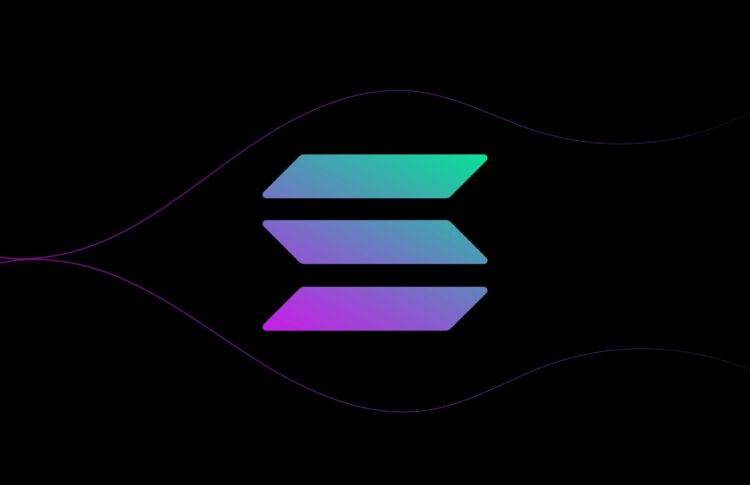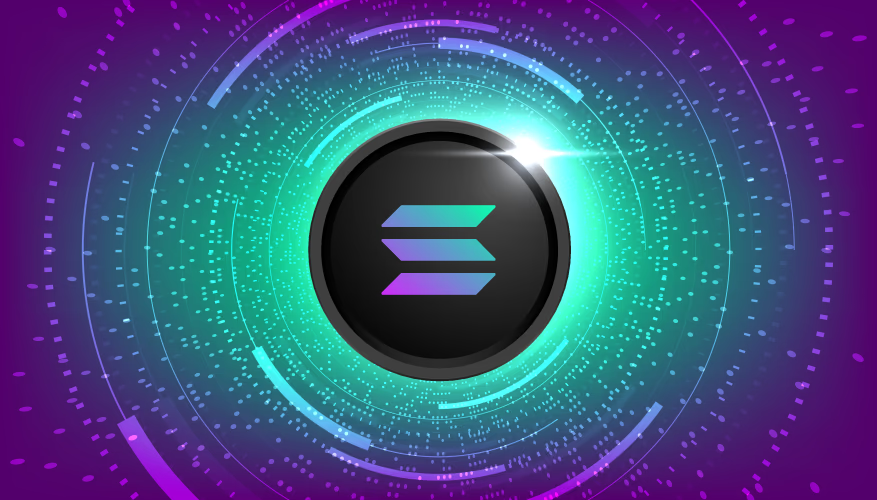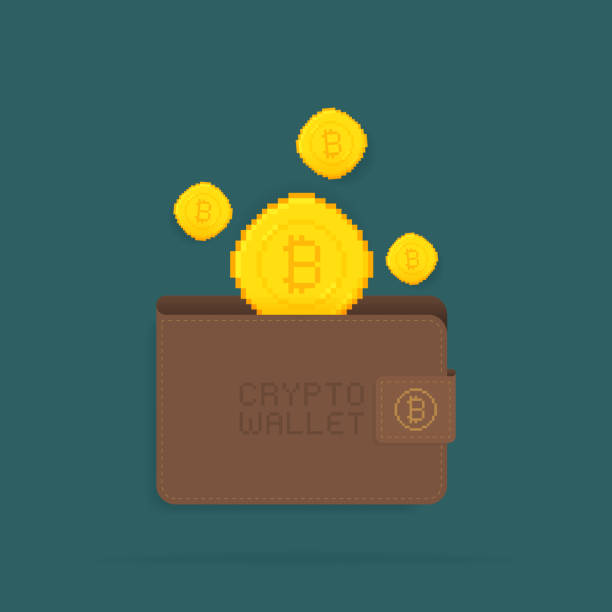Introduction
Have you ever felt frustrated by slow transaction speeds or high fees while using blockchain technology? If so, you’re not alone. But there’s a new kid on the block—Solana—that promises to change all that. It lightning-fast transaction speeds, low fees, and innovative approach, is taking the crypto world by storm. Whether you’re a seasoned crypto enthusiast or just curious about the future of blockchain, this guide will take you on an exciting journey through the world of Solana. So, let’s dive in and see what makes it the hottest thing in blockchain technology today!
What is Solana?

Solana is a high-performance blockchain platform designed for decentralized applications (dApps) and crypto-currencies. Unlike many of its predecessors, It aims to solve the scalability issues that plague other blockchain networks. It’s like the Ferrari of blockchains—sleek, fast, and built for performance.
The Vision Behind Solana
The brainchild of Anatoly Yakovenko, Solana was created to push the boundaries of blockchain technology. Yakovenko, a former Qualcomm engineer, envisioned a blockchain that could handle thousands of transactions per second without sacrificing security or decentralization. It is built to support high-throughput applications, making it the go-to platform for developers looking to create scalable solutions.
How Does Solana Work?
The Basics of Blockchain
Before diving into Solana’s unique features, it’s essential to understand the basics of blockchain technology. A blockchain is a decentralized ledger that records transactions across multiple computers, ensuring transparency and security. Each transaction is grouped into a block and added to a chain of previous transactions, hence the name “blockchain.”
Solana’s Unique Features
Proof of History (PoH)
One of Solana’s groundbreaking innovations is Proof of History (PoH). Unlike traditional blockchains that use Proof of Work (PoW) or Proof of Stake (PoS), Solana’s PoH creates a historical record that proves events have occurred at a specific moment in time. This allows the network to process transactions much faster, as validators don’t need to constantly communicate to confirm a block’s timestamp.
Tower BFT
Tower BFT (Byzantine Fault Tolerance) is another unique feature of Solana. It’s an optimized version of the Practical Byzantine Fault Tolerance (PBFT) algorithm, designed to take advantage of PoH. Tower BFT uses the synchronized clock provided by PoH to reduce communication overhead and latency, making consensus faster and more efficient.
Gulf Stream
Gulf Stream is Solana’s mempool-less transaction forwarding protocol. In simpler terms, it allows validators to execute transactions ahead of time, reducing confirmation times and improving network throughput. Think of it as a fast lane on a busy highway, where transactions zoom past without getting stuck in traffic.
Sealevel
Sealevel is Solana’s parallel smart contracts runtime. It enables thousands of smart contracts to run concurrently, ensuring the network can handle a high volume of transactions. Imagine a supercomputer that can multitask efficiently, processing numerous tasks simultaneously without breaking a sweat.
The History of Solana

The Genesis of Solana
Solana’s journey began in 2017 when Anatoly Yakovenko published a whitepaper outlining Proof of History. This innovative concept laid the foundation for Solana’s development. By 2018, Yakovenko teamed up with Greg Fitzgerald and Raj Gokal to bring the idea to life, leading to the launch of Solana Labs.
Rapid Growth and Adoption
Since its mainnet launch in 2020, Solana has seen rapid growth and adoption. The network’s high throughput and low fees have attracted a vibrant community of developers and projects. From DeFi platforms to NFT marketplaces, It is becoming a hub for innovation in the blockchain space.
Applications of Solana
Decentralized Finance (DeFi)
Solana is making waves in the DeFi space with its ability to handle high transaction volumes at low costs. Platforms like Serum and Raydium leverage Solana’s speed to provide users with seamless trading experiences. Imagine trading assets with near-instant settlement times and minimal fees—Solana makes it possible.
Non-Fungible Tokens (NFTs)
The NFT craze has found a home on Solana. Artists and creators are flocking to the platform to mint and sell NFTs without the exorbitant fees associated with other blockchains. Solana’s speed ensures that users can buy, sell, and trade NFTs quickly and efficiently.
Gaming and Metaverse
Solana’s high throughput is a game-changer for the gaming and metaverse industries. Developers can create complex, interactive worlds that run smoothly, providing gamers with an immersive experience. Projects like Star Atlas are building expansive virtual universes on Solana, pushing the boundaries of what’s possible in gaming.
Web3 and dApps
Web3 represents the next phase of the internet, where decentralized applications (dApps) give users control over their data. Solana’s infrastructure supports a wide range of dApps, from social networks to financial tools, enabling a decentralized web that’s fast and user-friendly.
Why is Solana Important?
Scalability
Scalability is one of the biggest challenges facing blockchain technology. Solana’s architecture allows it to handle thousands of transactions per second, making it one of the most scalable blockchains available. This scalability is crucial for mass adoption and the development of real-world applications.
Speed
Speed is another area where Solana excels. With transaction confirmation times averaging around 400 milliseconds, it is one of the fastest blockchains on the market. This speed is vital for applications that require real-time interaction, such as trading platforms and gaming.
Low Fees
High transaction fees have been a significant barrier to the adoption of blockchain technology. Solana addresses this issue with its low-cost transactions, making it accessible to a broader audience. Whether you’re sending a few dollars or trading digital assets, Solana’s fees are a fraction of those on other networks.
Security
Security is paramount in the blockchain world, and Solana takes it seriously. The network’s consensus mechanisms and decentralized nature ensure that transactions are secure and resistant to attacks. Users can be confident that their data and assets are secure on Solana.
Getting Started with Solana

Setting Up a Wallet
To start using Solana, you’ll need a digital wallet that supports the network. Wallets like Phantom and Sollet are popular choices. These wallets allow you to store, send, and receive SOL (Solana’s native cryptocurrency) securely.
Exploring Solana dApps
Solana offers a wide range of decentralized applications. Whether you’re interested in DeFi, NFTs, or gaming, there’s something for everyone. Explore platforms like Solanart for NFTs, Raydium for DeFi, and Star Atlas for gaming to see what it ecosystem has to offer.
Buying SOL
SOL is the native cryptocurrency of the Solana network. You can purchase SOL on various cryptocurrency exchanges, such as Binance, Coinbase, and Kraken. Once you have SOL, you can use it for transactions, staking, or participating in network governance.
The Future of Solana
Technological Advancements
As technology evolves, so will Solana. The community is constantly working on improving the network’s capabilities and introducing new features. Future advancements could include enhanced privacy features, improved scalability, and integration with emerging technologies.
Mainstream Adoption
Solana has the potential to achieve mainstream adoption, thanks to its high throughput and low fees. As more people become aware of the benefits of decentralized networks, Solana’s user base is likely to grow. Imagine a world where Solana powers everything from financial transactions to social networks.
Ecosystem Expansion
Collaboration and partnerships are key to Solana’s success. By partnering with other blockchain projects, tech companies, and financial institutions, Solana can expand its reach and functionality. These partnerships will help integrate it into various sectors, making it a cornerstone of the digital economy.
Conclusion
Solana represents a significant leap forward in blockchain technology. Its innovative architecture, combined with a wide range of applications, makes it a powerful tool for the digital age. Whether you’re interested in high-speed transactions, low fees, or decentralized applications, It has something to offer. As we move towards a more decentralized future, it is poised to play a crucial role in shaping the way we interact with the digital world.
FAQs
What is Solana?
Solana is a high-performance blockchain platform designed for decentralized applications and cryptocurrencies, known for its speed, scalability, and low fees.
How does Solana achieve high transaction speeds?
Solana uses a unique consensus mechanism called Proof of History (PoH) along with Tower BFT and Gulf Stream to achieve high transaction speeds and efficiency.
Can I use Solana for NFTs?
Yes, Solana is a popular platform for NFTs due to its low fees and fast transaction times. Platforms like Solanart offer a marketplace for buying, selling, and trading NFTs on it.
What are some popular Solana dApps?
Popular Solana dApps include Raydium for DeFi, Solanart for NFTs, and Star Atlas for gaming. These applications leverage Solana’s speed and scalability to provide seamless user experiences.


